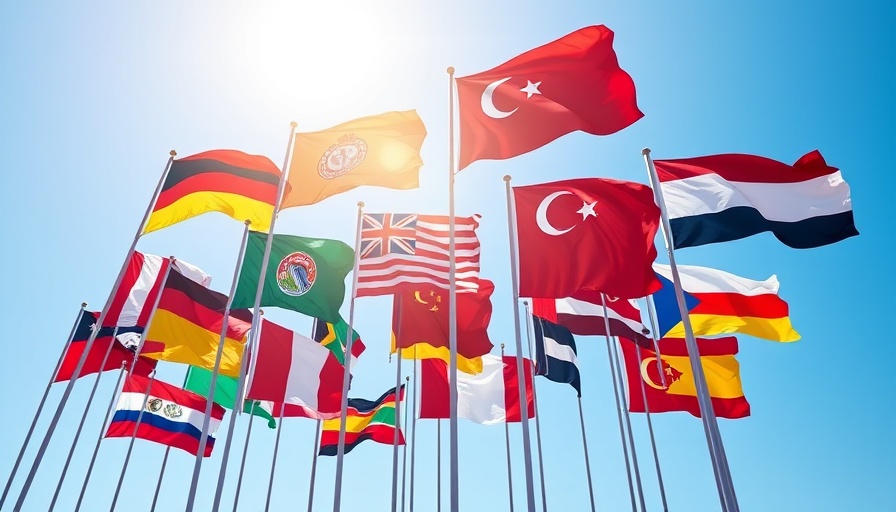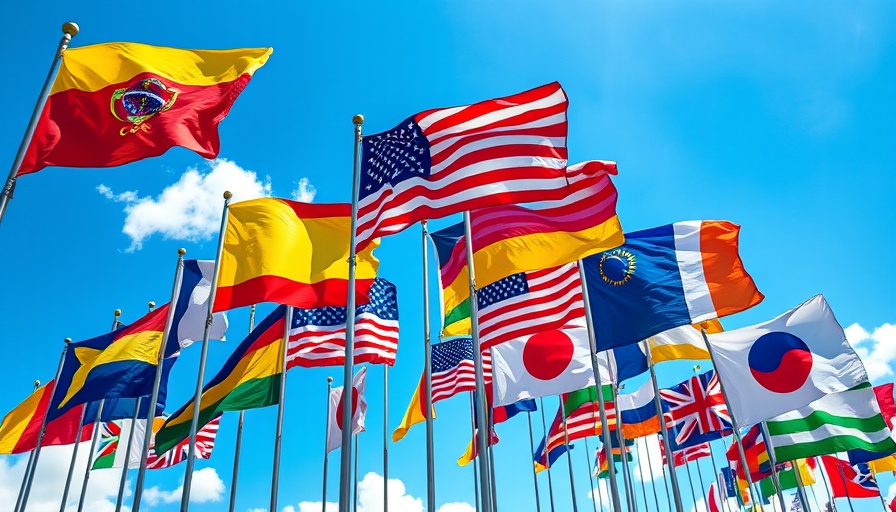
Streamlining Tax Preparation with SurePrep
In the fast-paced world of tax preparation, efficiency is key. Madsen, O'Meara and Company, a tax and accounting firm based in Bloomington, Minnesota, recognized their struggle with time-consuming manual processes. Faced with the daunting task of entering vast amounts of data manually, the firm sought a solution that would not only streamline operations but also enhance client satisfaction.
Facing the Challenge of Manual Processes
Just like many firms in the tax sector, Madsen, O'Meara and Company was bogged down by labor-intensive data entry during peak seasons. Firm owner Edgar Madsen describes their situation: "We were so pressed for time to try to get the work out the door at any price; there just were not enough hours in the day." This hectic environment left little room for focusing on strategic tasks that could add value.
Discovering a Solution: SurePrep
In search of relief, the firm opted to integrate SurePrep, an innovative software designed to automate and organize tax workflows. The trial period during the off-season proved to be valuable, allowing the firm to test document scanning and bookmarking without the pressure that tax season typically brings. Within just two months of adoption across all clients, Madsen, O'Meara experienced a remarkable transformation.
The Results of Implementing SurePrep
With SurePrep, the firm achieved faster turnaround rates, which ultimately enhanced the service experience for clients. Significantly, they were able to reduce the headcount needed for data entry tasks, thereby reallocating those valuable human resources to more strategic areas of the business—activities that foster deeper client relationships and innovative services.
The Future of Tax Preparation
This case illustrates a wider trend in the accounting industry, where firms are increasingly relying on technology to sustain competitive advantages. Firms that embrace tools like SurePrep can respond swiftly to changing regulations and client needs. By automating routine tasks, accounting teams can place their energy where it truly matters—on making informed decisions that positively impact their clients' financial health.
Benefits of Automation in Tax Services
The integration of automation in tax services not only reduces workload and elevates productivity but allows firms to expand their service offerings without proportions of increase in headcount. For accounting firms looking to optimize their operations, the takeaways from Madsen, O'Meara's journey are clear: seeking innovative solutions is not just an option—it's essential for long-term success and sustainability in a rapidly evolving industry.
As we look to the future, it’s evident that the landscape of tax preparation will continue to evolve as automation technologies develop. Firms that do not adapt risk falling behind, making the case for innovative solutions like SurePrep stronger than ever.
 Add Row
Add Row  Add
Add 

 Add Row
Add Row  Add
Add 



Write A Comment